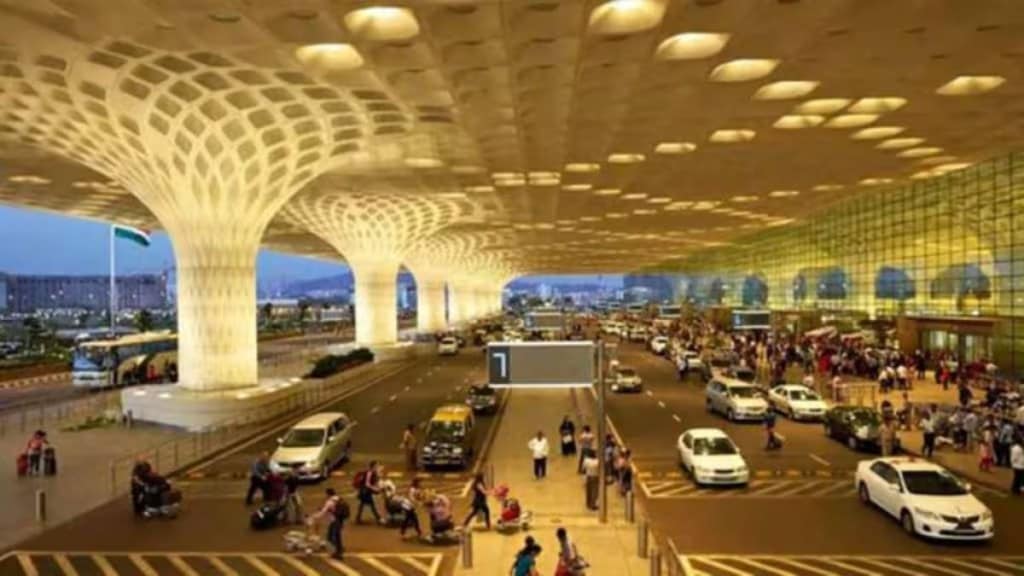Adani Group’s new $2.1 billion airport, in line with infrastructure marvels in Dubai, London and Singapore, is set to become operational from May onwards, according to a Bloomberg report. The world-class airport is expected to reduce aviation bottlenecks and create an international transit hub. An aero city will also be built around the new airport coming up in Navi Mumbai, about 22 miles from Mumbai’s congested existing aerodrome.
India’s low-cost carriers will be the first to shift part of their operations to this brand new airport. Tata Group’s low-cost carrier, Air India Express, and others including SpiceJet and Akasa are in talks to shift their operations to this new commercial airport.
According to the report, the newly built airport replicates a lotus flower and can handle 20 million passengers annually. In case of high demand, the airport will be ramped up to handle 90 million passengers in the coming years.
However, lack of high-speed transportation facilities is one of the major challenges for the Adani Group to lure the fliers in shifting their operations to the new airport. The metro line planned to link two airports is not going to be built any time soon.
The executives who spoke to Bloomberg mentioned that the airlines are planning incentives around the airport fees. Incentives are usually beneficial for the airlines as they can offer attractive travel fees to the passengers who otherwise think twice to travel to the new airport in Navi Mumbai.
While domestic operations are likely to begin between April and June, the international flights from this new airport will start operating from August. Last December, Indigo’s single-aisle Airbus-320 carried out its first validation flight in the Navi-Mumbai airport. In April, Air India will carry out a test flight for dual-aisle aircraft, which are used for international operations.

